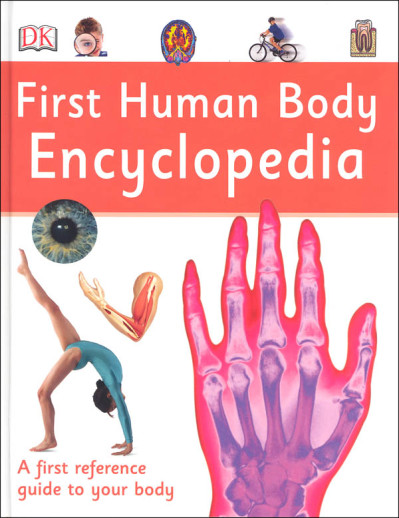We use cookies to make your experience better. To comply with the new e-Privacy directive, we need to ask for your consent to set the cookies. Learn more.
First Human Body Encyclopedia
Filled with brightly colored photographs and bite sized facts, this book presents our human body and how it functions in a fun, appealing manner. Contents include: Human Body, Skeleton and Bones, Moving Muscles, Brain and Senses, Heart and Blood, Lungs and Breathing, Skin, Nails and Hair, Fighting Diseases, Digestive System, Urinary System, Reproduction System (including a brief explanation of male/female sex hormones that "turn young boys/girls into men/women"), Life Cycle, Staying Healthy, Communication and a helpful Reference section. Each topic is presented in a 2-page spread and includes a "test yourself" question at the bottom (with answer located on opposite page). hc, 128 pgs. ~ Deanne
Covers human body, Louis Pasteur, weather, stars, matter, acid and bases, and energy.
Required resources for Younger Students (gr. 1-3) include:DK First Human Body Encyclopedia, Chemistry: Getting a Big Reaction (Basher Science), and the DK Children's Encyclopedia .
Older student (gr. 4-5)required resources include: Usborne Science Encyclopedia (choose hard or soft cover), and the Kingfisher Science Encyclopedia.
All students will need: Glow in the Dark Constellations and Pasteur's Fight Against Microbes.


for Science Chunks
It is a required resource for our Elemental Science Chunks Year B Curriculum
I purchased this Human Body Encyclopedia for a reference book in our school library.
required in school